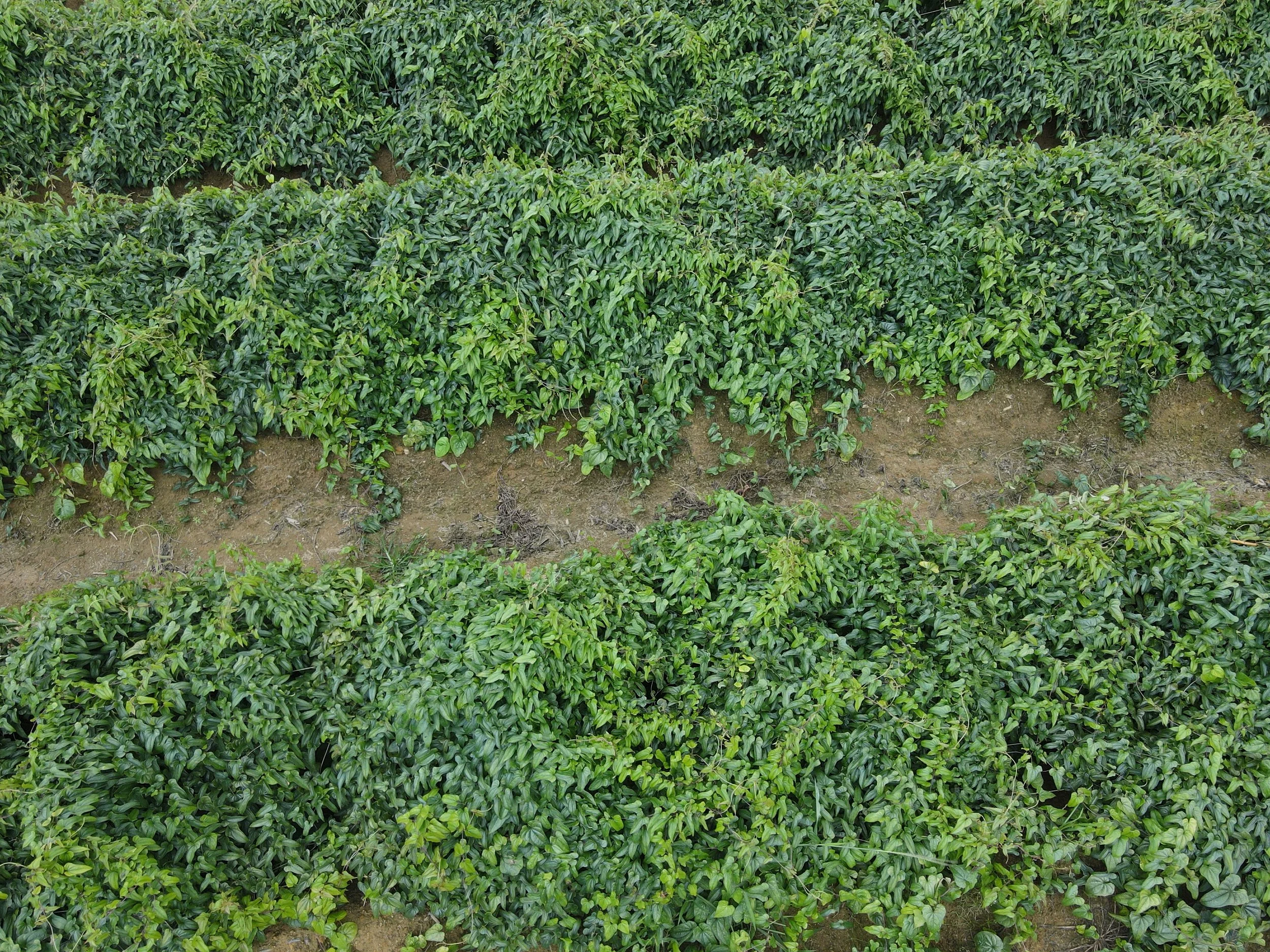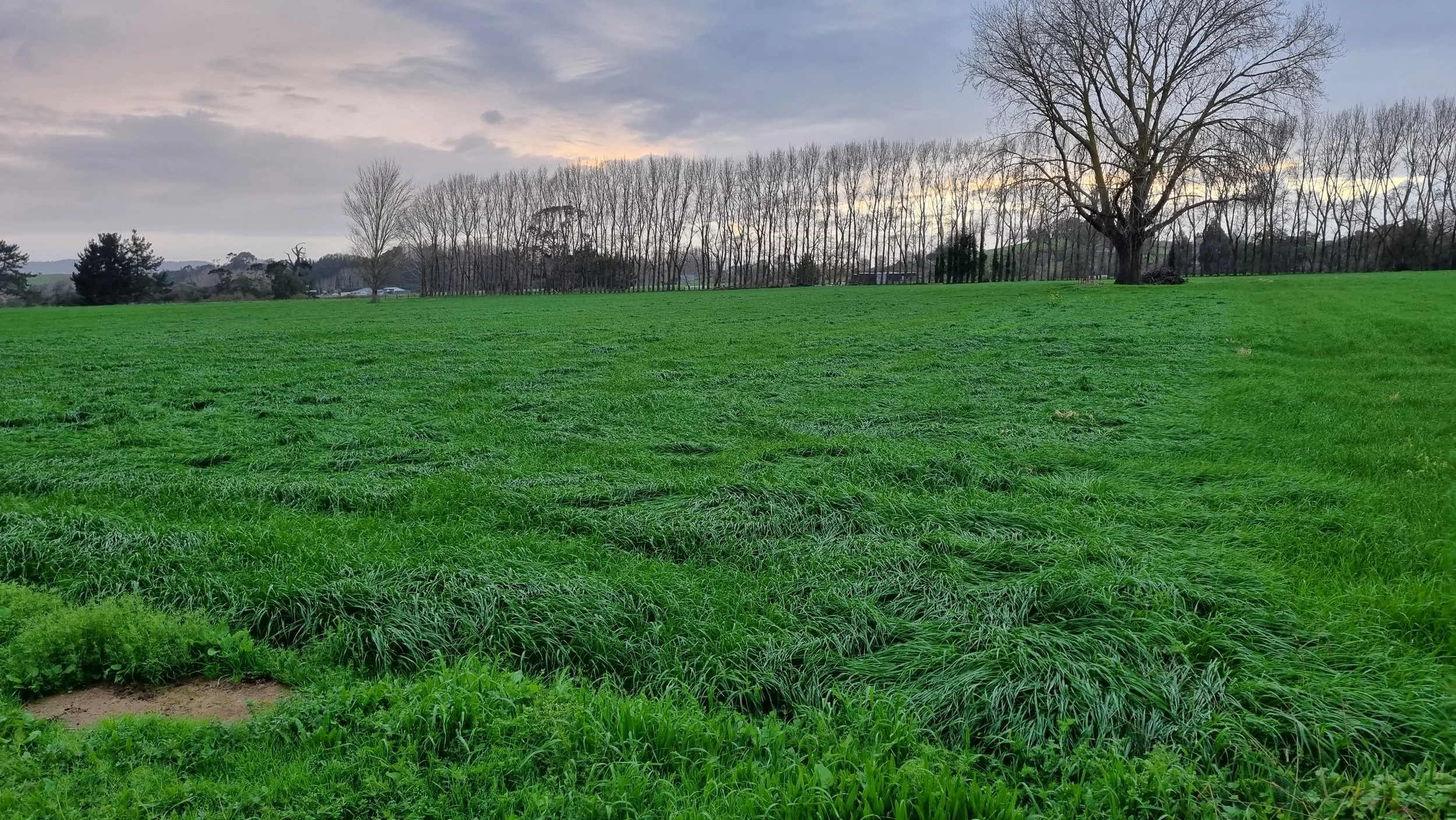
What is Basillus velezensis?
Bacillus Velezensis
Bacillus Velezensis is the most powerful bacteria in GCM Farming. Bacilus Velezensis acts to promote plant health by producing Gelatinnase and Chitinase which in turn act to break down Gelatin and Chitin.
Bacillus Velezensis CE 100 is a strain of Bacillus velezensis we use in GCM Farming and brew it with its food to get enormously multiplied in the brewing tank. It will give to farmers and growers economically lower costs and efficiency in controlling the pathogens.
Bacillus Velezensis CE 100 is a thermophile bacteria. It multiplies and works very well when brewing temperature is high, such as 50 Celsius degree. In that high temperature, other many bacteria are not active and suppressed in their multiplication. It is an excellent benefit with Bacillus Velezensis CE 100.
It releases various beneficial materials in soil not only Gelatinase and Chitinase but also many other things, such as enzymes, hormones, organic acids, plant gibberellin and so on.
Failures of traditional Micro-organisms for disease and insect control
Many scholars have been trying numerously to control diseases and insects. Most of these researches have been reporting efficacy of their microorganism after inoculation of single or several mixed valuable microorganisms to young seedlings. In general, these results were obtained by experimenting with pots within the research rooms or facilities.
Whenever the experiments were implemented in the field, their resulting efficacy was nothing or next to nothing.
The biggest problem was controlling diseases and insects by using the microorganism in the fields is that the number of inoculated bacteria were too low in comparison with the number of indigenous microorganism in the soil.
There are at least 100 million -100 billion indigenous microorganisms in the soil of one gram. Most farmers buy microorganism products that come inside retail containers of 1L and mix it with water and spray across a 0.33 ha field. The number of microorganisms included in the container of 1L would be around 100 billion (or 100 million per 1 ml).
When the diluted solution is sprayed, the ratio of the number of indigenous microorganism living in the field and the number of sprayed microorganism would be about 8.25 million vs. 1 microorganism. The efficacy is meaningless.
The number of sprayed microorganisms is not only limited but also the microorganisms have developed in a different environment. Therefore, the sprayed microorganisms dissipate rapidly.
Accordingly, in order to control the diseases and insects by using microorganism products, a different approach is necessary.
A new approach is the utilisation of GCM which could solve this problem. This method of GCMs is utilising the principle that GCMs only increase exponentially when Gelatin-Chitin powder gets into a certain environment. In other words, if Gelatin and chitin are used as carbon and energy source, it is possible to culture the GCMs at a larger scale while other microorganisms are controlled even in the openly exposed environment.
Consequently, GCM should be cultured at a large scale and sprayed generously.


